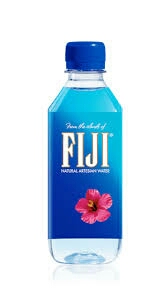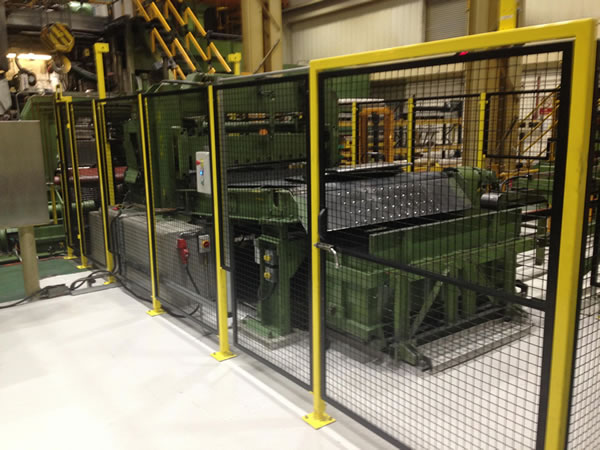Title Page
-
DIVISION
-
State
-
Site
-
Plant / Item
-
Conducted on
-
Completed by
-
Location
-
Enter any changes needed as a maintenance request or in Vault as a hazard.
Relevant Standard: AS4024 Series Safety of Machinery
Guarding Requirements
-
1. Guards must prevent workers’ hands, arms, and other body parts from making contact with dangerous moving parts
-
2. Guards must be firmly secured and not easily removable
-
3. Guards must ensure that no objects will fall into the moving parts or explode out
-
4. Guards must permit safe, comfortable, and relatively easy operation of the machine
-
5. Can the machine be oiled or greased without removing the guard?
-
6. The machine must automatically shut down when the guard is removed
-
7. Can the existing guards be improved?
-
Enter improvement.
Mechanical Hazards: Point of Operation
-
1. Emergency Stop Buttons / Emergency Lanyards must be fitted to the plant (Emergency stop buttons must be a mushroom type (AS4024-2006 Part 5.4.1)
-
2. Emergency Stop Buttons / Emergency Lanyards must be tested at 6 monthly intervals
-
3. Guards must not be tampered with or removed
-
4. Can you suggest a more practical effective Guard?
-
5. Can you make changes on the machine to eliminate the hazard entirely?
-
Enter improvement.
Mechanical Hazards: Power Transmission Apparatus
-
1. Gears, sprockets, pulleys or flywheels must not be unguarded
-
2. Belts or chain drives must not be exposed
-
3. Set screws, key ways, collars, etc. must not be exposed
-
4. Starting and stopping controls must be within easy reach of the operator
-
5. If there is more than one operator separate controls must be provided to prevent reactivation of the machine
Mechanical Hazards: Other Moving Parts
-
1. Guards must be provided for all hazardous moving parts of the machine, including auxiliary parts
Education and Training
-
1. Operators and skilled trades workers must have the necessary education and training in how to use the guards
-
2. The education must include hazards and risks associated with tasks and controls in place
-
3. Production workers and skilled trades workers must be trained in where the guards are located, how they provide protection, and what hazards they protect against
-
4. Production workers and skilled trades workers must be trained in how and under what circumstances guards can be removed
-
5. Workers must be trained in the procedure to follow if they notice guards that are damaged, missing, or inadequate
-
6. Skilled trades workers must have the necessary education and training in how to build the safety aspects of guards
PPE
-
1. If protective equipment is required, it must be appropriate for the job, in good condition, kept clean and sanitary, and stored carefully when not in use.
-
2. The operator must be dressed safely for the job (no loose fitting clothing or jewellery)
Maintenance and Repair
-
1. Skilled trades workers must receive up-to-date instructions on the machines they service
-
2. Skilled trades workers must lock out the machine from all of its energy sources before beginning repairs
-
3. The maintenance equipment itself must be properly guarded
Changes
-
Changes needed are entered as a maintenance request or in Vault as a hazard?
Sign Off
-
Check conducted by:
-
Check list reviewd by:













